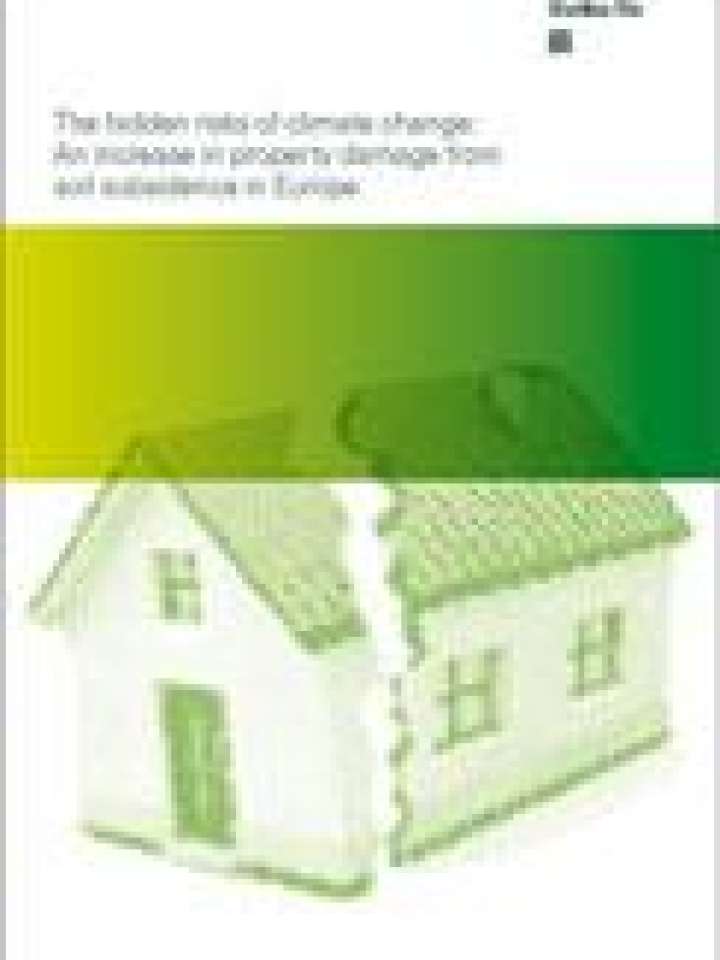The hidden risks of climate change: an increase in property damage from soil subsidence in Europe
This study looks at the risk of damage to property from drought induced soil subsidence in Europe. It describes the phenomena emphasizing that property losses from soil movements have eclipsed the costs of most other natural hazards and now reach the same damage levels as floods.
It stresses that as incidents of soil subsidence increase in frequency and severity with climate change, so does the need for systematically managing the risks through a combination of loss prevention and risk transfer initiatives, including insurance. The study recommends the use of loss models, which it states, are a key asset in efforts to tackle soil subsidence and presents a newly designed loss model developed by Swiss Re and ETH Zurich. The loss model is aimed at better quantifying and more adequately pricing soil subsidence risks in various locations of Europe, with drought-related data compiled by the Zurich-based Institute for Atmospheric and Climate Science.
In conclusion the study states that much of the expertise needed to respond to soil subsidence risks already exists in drought-experienced regions, and innovative insurance solutions are available to protect against drought and other weather-related risks. Finally the study recommends that a key objective of any local climate adaptation strategy should be for the knowledge to be shared and tested risk solutions be redeployed to other, newly affected regions.
Explore further
